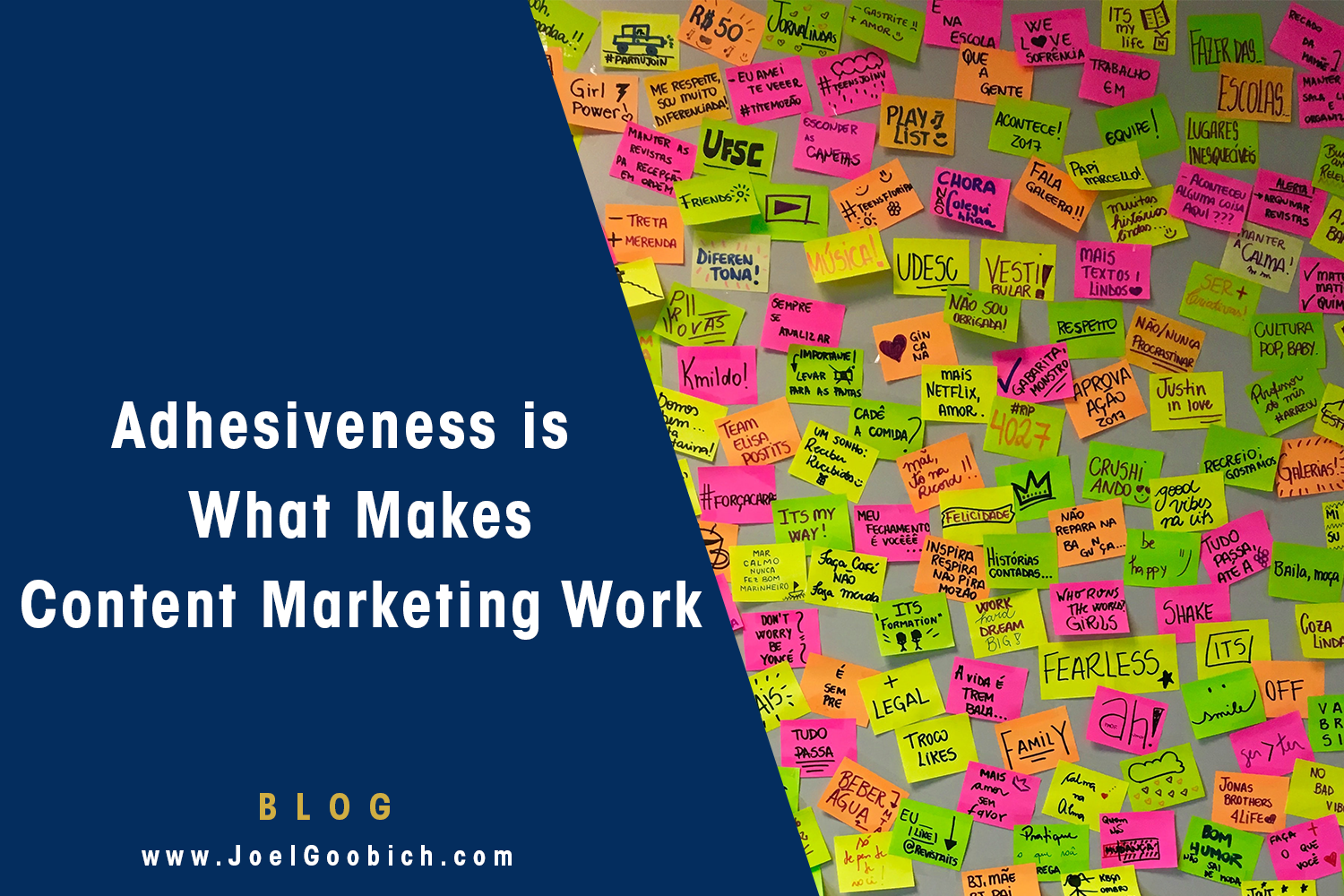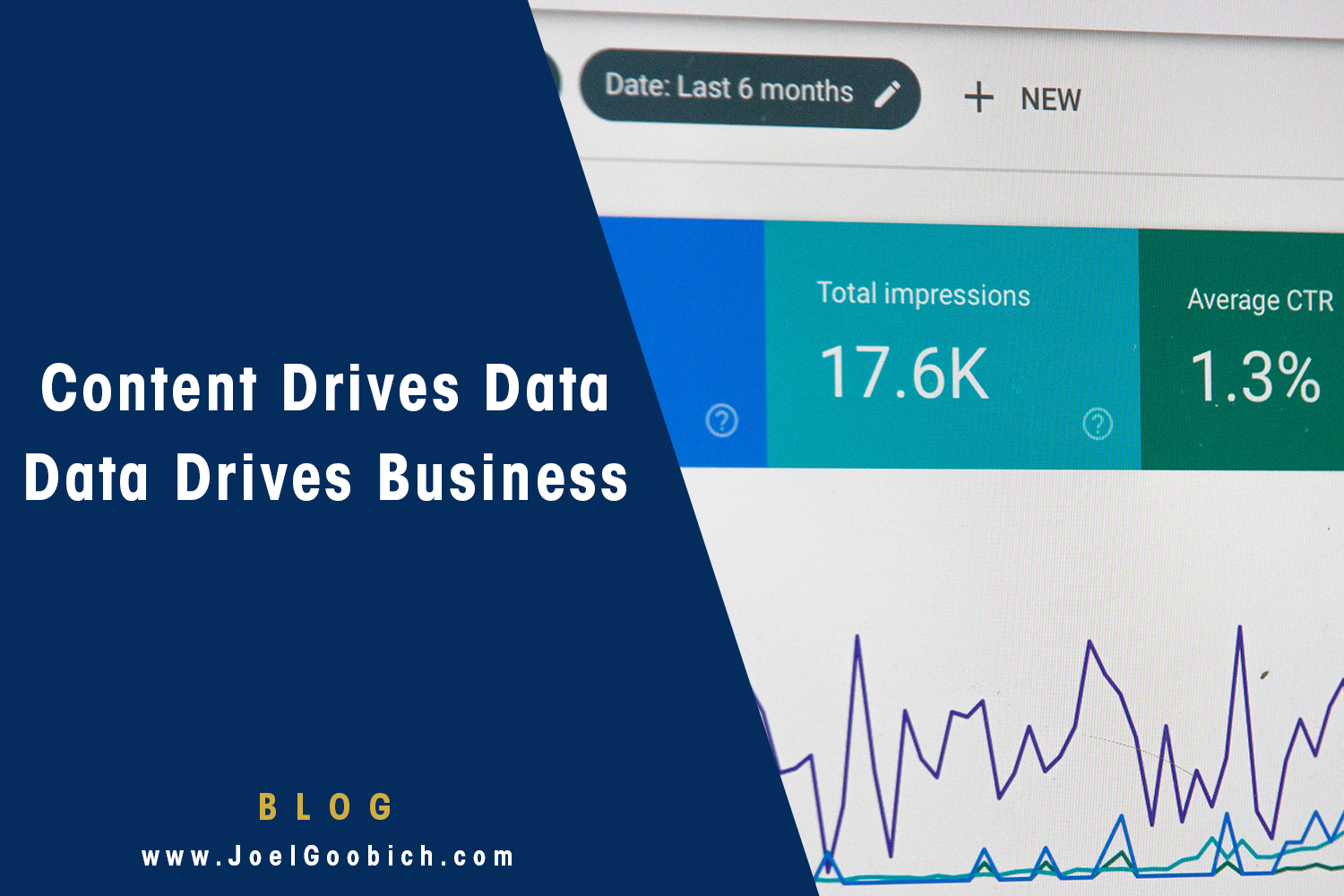Adhesiveness is What Makes Content Marketing Work
Writing great content is a start. But if it doesn’t resonate with your audience, they won’t stick around. See why adhesiveness is critical for content marketing.
Have you ever spent hours creating content or searching for the seemingly perfect article to share with your audience, only for the results to be less than desirable?
While several factors could have ultimately led to the content’s poor performance, chances are the content wasn’t “sticky.”
Adhesive content is a major factor in achieving content marketing goals, building a loyal following, and growing your business as a whole.
But what does adhesiveness have to do with content marketing? Stick around — we’ll show you.
What is Adhesive or Sticky Content?
Adhesive content is content that captivates a reader and keeps them “stuck” on your website or content for a long time, absorbing as much content as they can and at the same time increasing the data that can be reaped from the engagement.
Adhesive content provides a myriad of benefits for content marketers, including:
- Higher engagement rates
- Increased time on site
- A greater percentage of content consumed
But why does sticky content matter? Couldn’t you just as easily adopt a “say it and spray it” mentality and create endless subpar pieces of content?
Sure, you could do that — but don’t expect your results to be as good.
Adhesive content helps companies get their core message across, well beyond the title, thumbnail, and tiny synopsis. Content that’s relevant and interesting to the reader will convince them to dig deeper into the topic on your site, with the goal of learning more. A sticky piece of content has more probability of being shared with others as well.
This additional time on site primes the user to receive the call-to-action when they get to it. As a result, it makes your CTA that much more impactful and increases the chances of conversion!
Quick, irrelevant content doesn’t have that power. Your website visitors will zoom right past the CTA if the content doesn’t interest them.
Considering that the average CTA click-through rate hovers around 1-3%, you can’t afford to let readers ignore your CTAs.
Adhesive content also leads to more:
- Brand Awareness — As visitors consume your content, they’ll be increasingly curious about your company, services, products, and other related content. They’ll also be interested in learning more about each author, building brand authority in the process.
- Content Distribution — Since your sticky content topics will resonate with readers, they’re more willing to share your content on social media and with others. The New York Times Social Sharing Report discovered that “49% of respondents share as it allows them to inform others of products they care about and potentially change opinions or encourage actions.”
- Comprehensive Data — The more time someone spends on your site, the more activity they’ll engage with your brand. As a result, your analytics platforms will be able to pick up a plethora of vital information, including click patterns, content behaviors, demographic information, and so much more.
What Makes Content Sticky or Adhesive?
While the type of “sticky” content will vary per industry and medium (social media, email, website, etc.), there are a few commonalities across the board.
Generally speaking, adhesive content uses:
- An attention-catching thumbnail image
- A captivating and relevant title (no clickbait!)
- An opening hook
- Drama, shock, comedy, foreshadowing, surprise, and other emotions that suck the reader in
- Writing tactics to reel the reader in, paragraph by paragraph.
The first step to creating sticky content is to find topics that resonate with your audience. If your content topic is way off-base, there’s no chance of a reader sticking around.
Use keyword research and website analytics—along with carefully curated content—to identify the topics or content categories your audience is interested in.
From there, use these tactics to create content that keeps readers on your site:
- Leverage Statistics — Peppering statistics throughout your content proves to the reader that you’re knowledgeable on the topic. You can also use various writing tactics to tease the result of a particular statistic later on in the article.
- Interactive Content — From polls to comment sections to quizzes, find opportunities to engage the audience beyond the words on the page.
- Dangle the Carrot — At the end of the day, we all want to receive a reward, even for simply reading an interesting article. Give your audience a reward of some kind for making it to the end of your content, like a discount code or access to more exclusive content.
- Use Chapters — Sometimes, we click on an article looking for a specific piece of information. Using chapters or jump links allows readers to skip ahead and not miss out on content they would otherwise not read or consume.
- Use Foreshadowing and Suspense — You need to retain the reader’s attention throughout your article and keep them engaged until the end. Foreshadowing and building suspense are great ways to keep readers on your website and encourage them to click through for more relevant content.
Create and Curate Adhesive Content
As stated in Contentsquare’s 2021 Digital Experience Benchmark report, the average time spent on a site is 54 seconds across all industries. Is 54 seconds enough time to get your point across, convince a reader to click a CTA, and convert into a lead? Not at all.
This is why adhesive content is such a necessity. Sticky content leads to:
- Greater reader engagement and activity
- Increased brand awareness and recognition of your content
- A wealth of comprehensive audience data to use throughout your content marketing
Best of all, you don’t have to create all of your adhesive content. That’s where third-party, curated content comes in handy. Finding good quality content found using software such as Vestorly, Buzzsumo, UpContent, and others.






